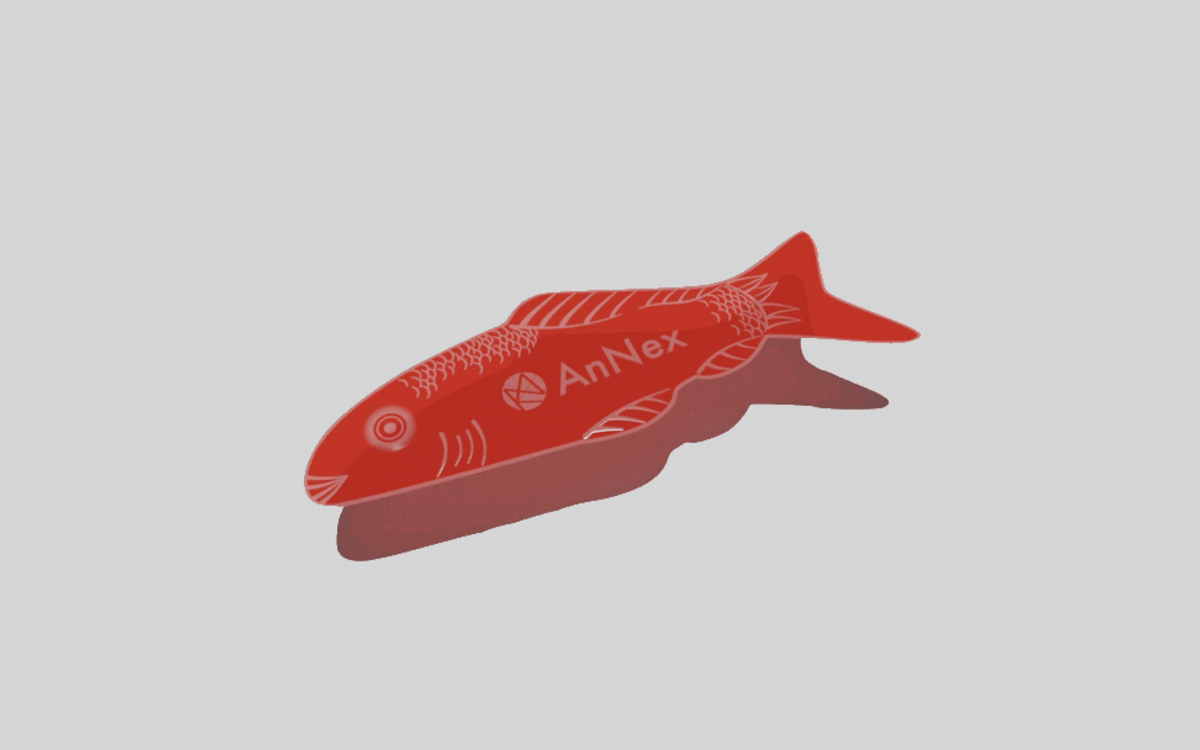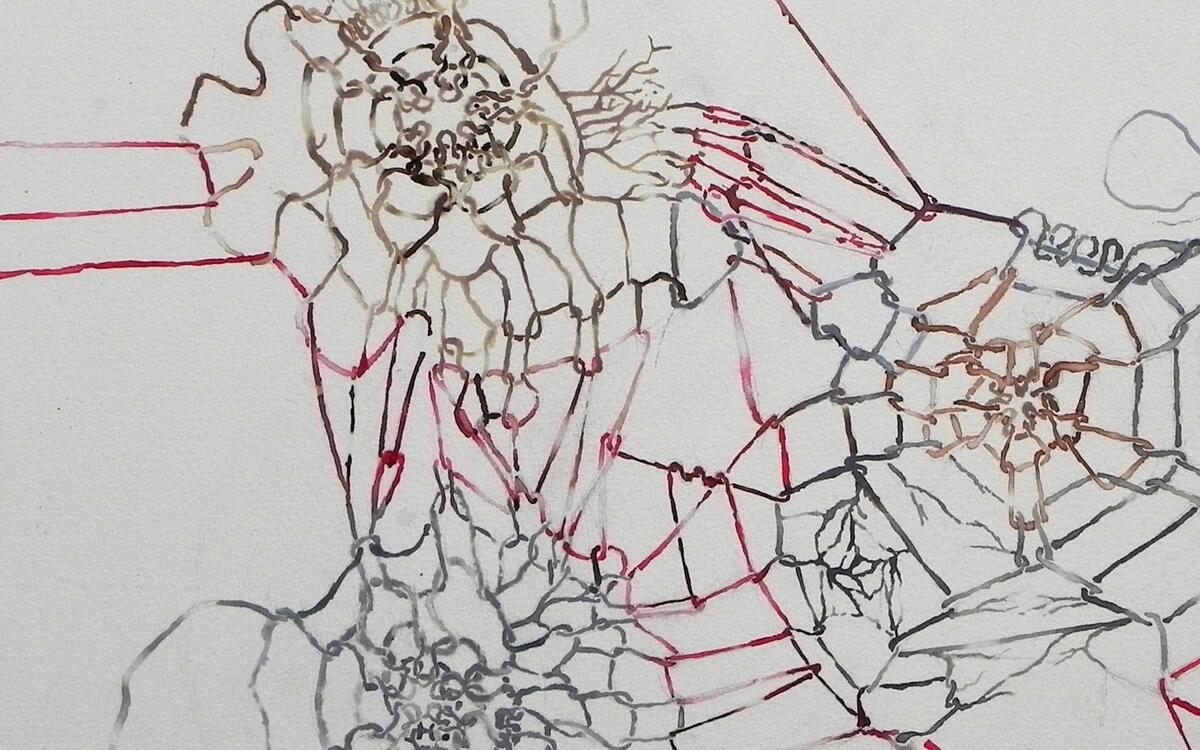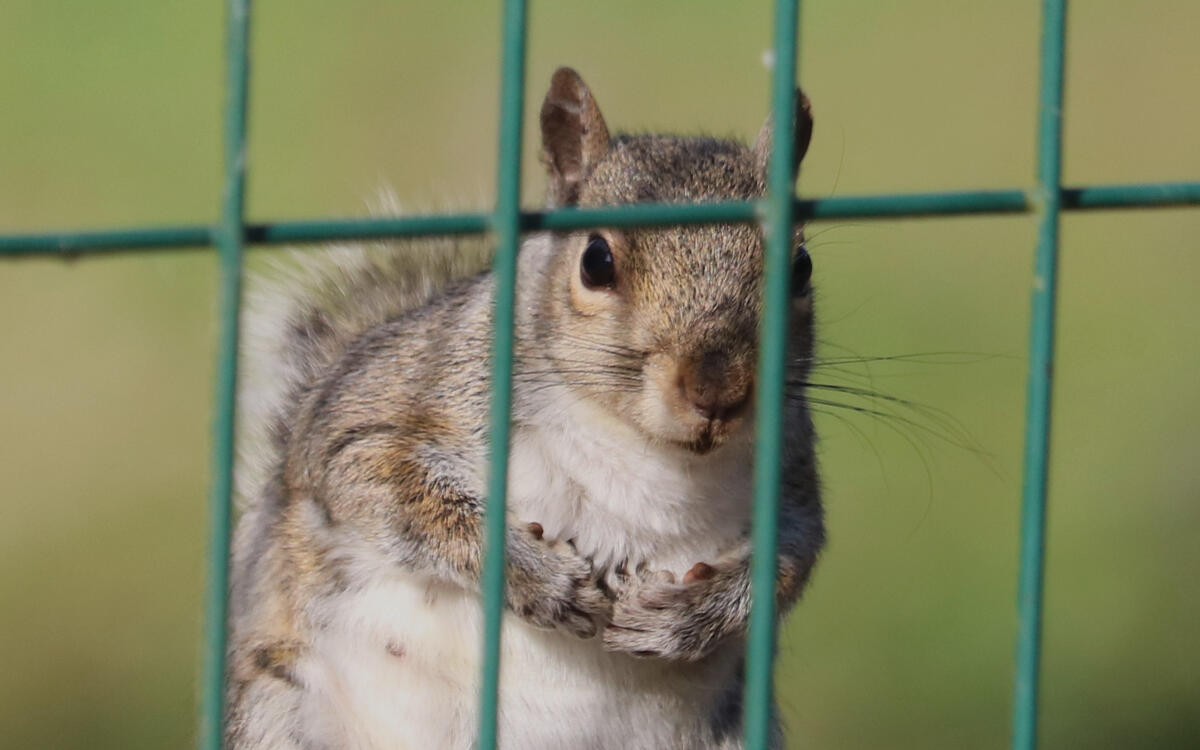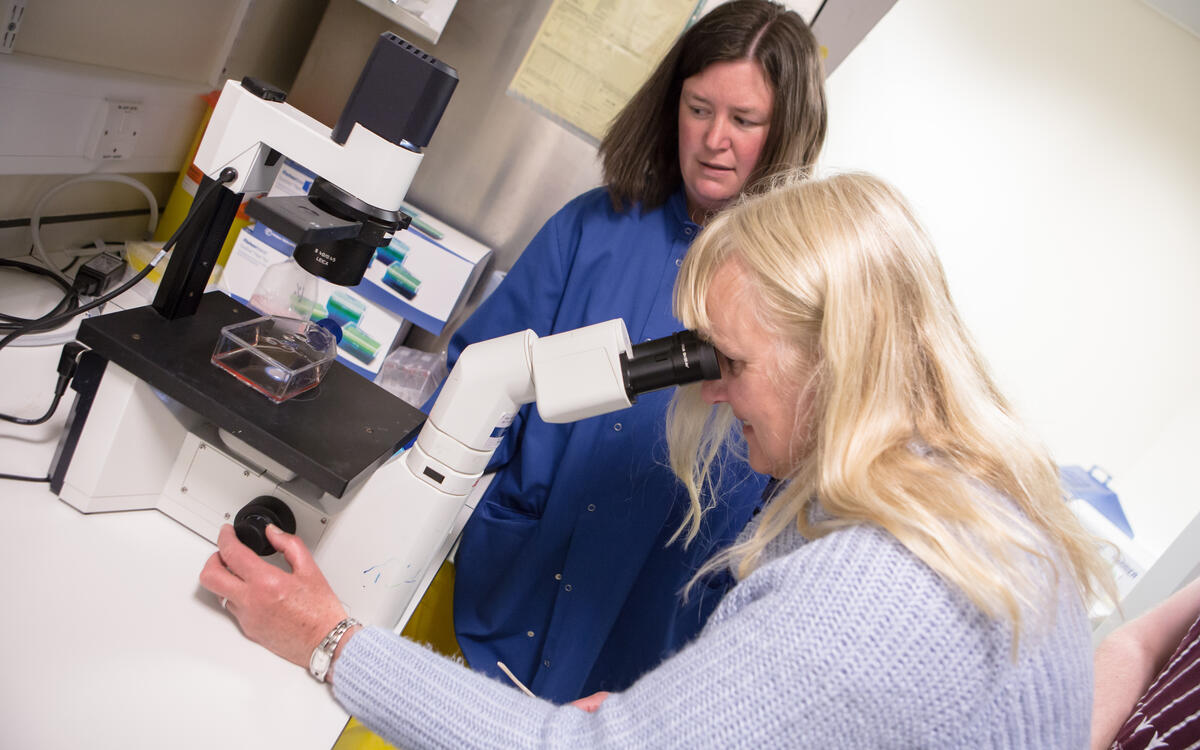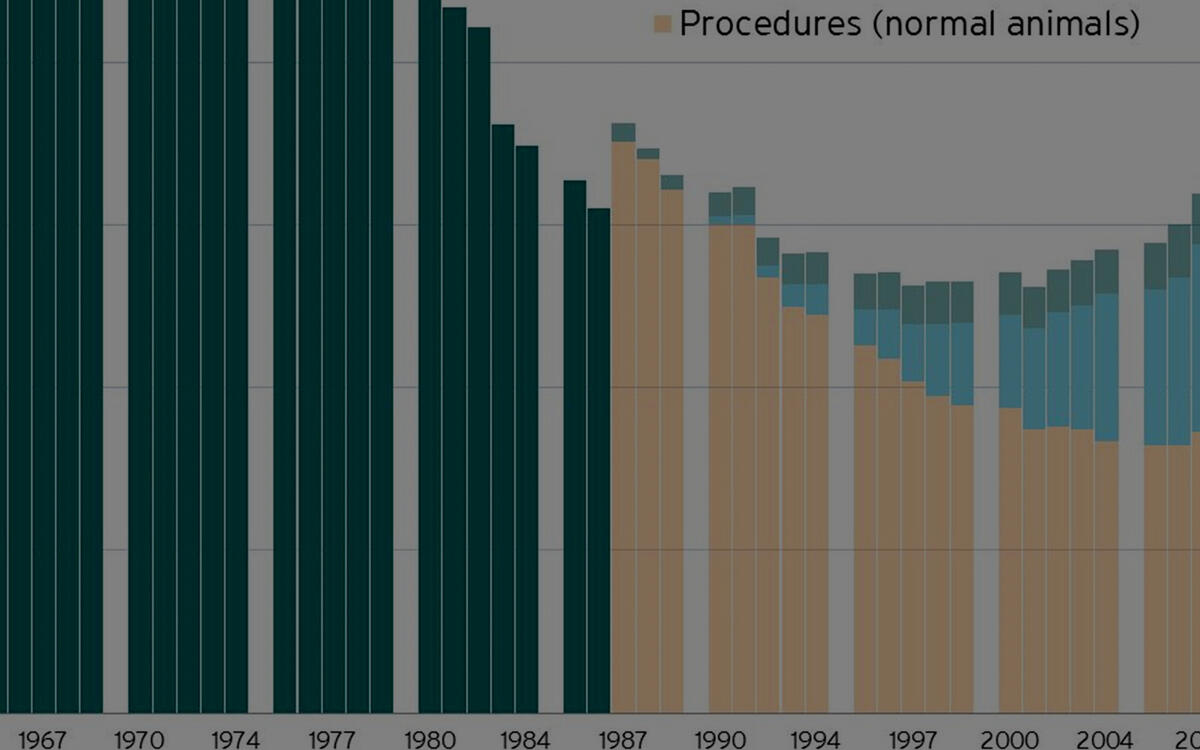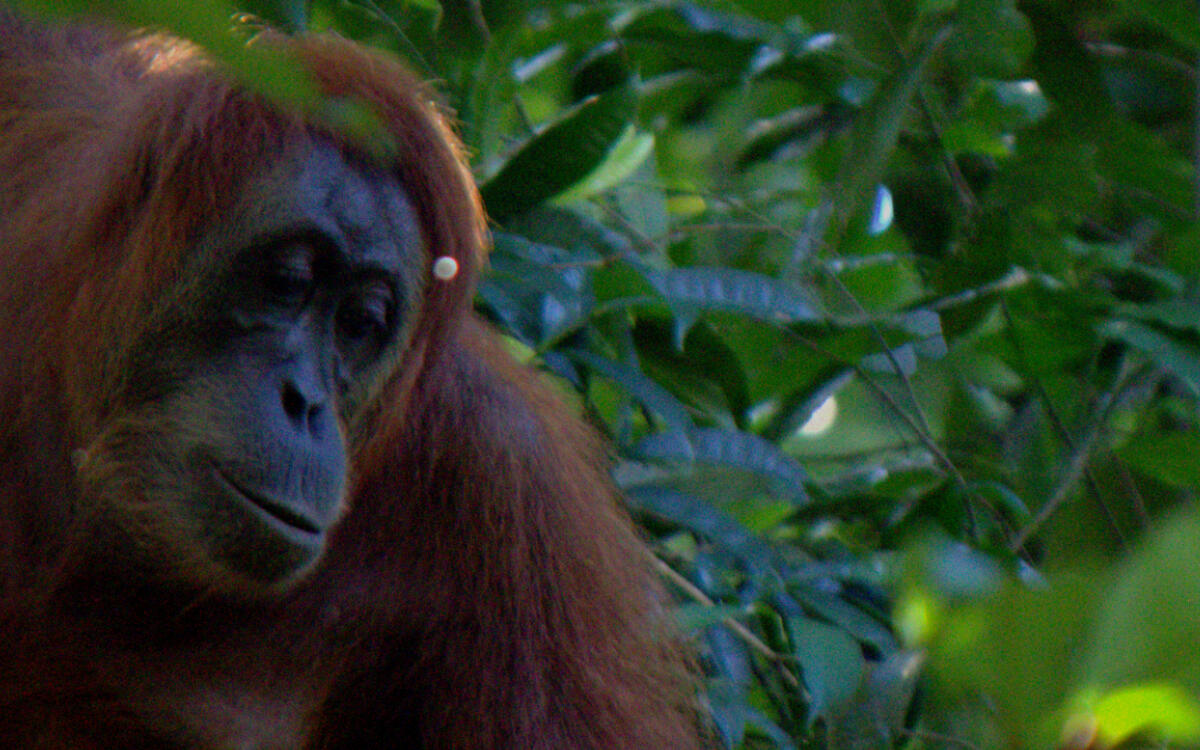How does how you feel about fish shape how fish get to feel?
How does the introduction and spread of different species and sites transform practices of ethical review, the 3Rs, animal care, and public engagement? Is it true that fish feel less and people feel less about what they do feel? If so how can we start conversations around which the public are ambivalent?
